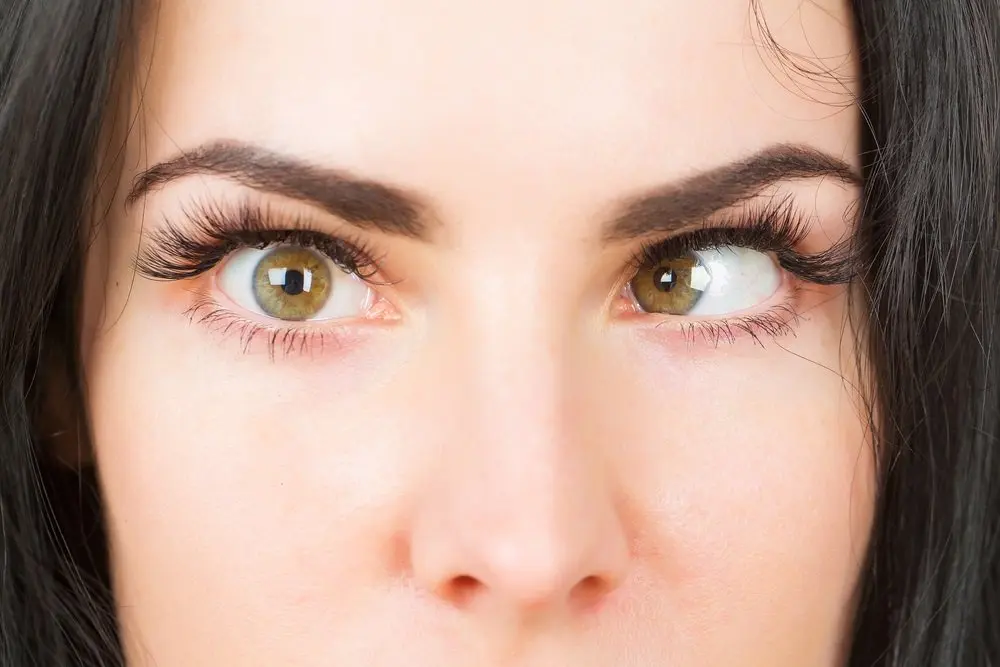
PRK Explored: Distinguishing Between Strabismus and Amblyopia
Everything we see (or fail to see) is an interpretation of the brain. Thus, when luminosity hits the objects around us, the eyes act as a camera to record that moment. Soon after, the information is sent to the brain. But instead of photographs, the brain receives electrical impulses.
As we have two eyes, the organ receives two pieces of information to merge into one. Thus, we can see the depth, height, and width of objects with quality. However, when there is a difference between the images the eyes provide, there impedes fusion. So, the brain ignores the flawed image to avoid double vision. Little by little, he begins to disregard all the impulses sent by that eye. Below are some of the problems that are linked to these conditions that is Strabismus vs Amblyopia.
Strabismus
Strabismus is a disorder characterized by misalignment between the eyes. Therefore, each of the organs points to a different location. The crooked eye, as it is also called, can affect one or both eyeballs. It can be considered:
- Alternating, in which the deviation alternates between one eye and the other;
- Convergent, when pointing towards the nose;
- Vertical, when moving up or down;
- Divergent when moving outward.
The causes for misalignment are diverse. There are muscles responsible for eye movement, which the nervous system commands. When they can’t work in sync, strabismus occurs. In addition, other factors compromise the harmony of vision.
For example, a high degree of farsightedness forces an exaggerated approximation of objects so that it is possible to see them. Neurological diseases such as stroke and paralysis also affect the development of vision. Congenital cataract is another reason that intensifies strabismus. Furthermore, diabetes, thyroid dysfunction, and Down Syndrome may be linked to the condition.
Amblyopia
Amblyopia already arises when the eyes have difficulty sending information to the brain, even without physical deviation in vision. Therefore, it is a silent syndrome more difficult to diagnose. Several diseases can lead to the development of amblyopia. Congenital cataracts, palpebral ptosis, and vitreous opacities cause a decrease in the light captured by the eye, generating different images. These are called deprivation amblyopia.
In refractive amblyopia, there is a difference in degrees between one eye and the other in disorders such as myopia and hyperopia. It can also arise from astigmatism that has not been treated correctly. Furthermore, there is strabismic amblyopia caused by ocular divergence from strabismus. This is a very common syndrome in children and young people. Therefore, follow-up with the ophthalmo-pediatrician such as Kraff Eye Institute for example from an early age is essential. The care for the eyes of the little ones begins right after childbirth with the eye test and cannot stop there.
